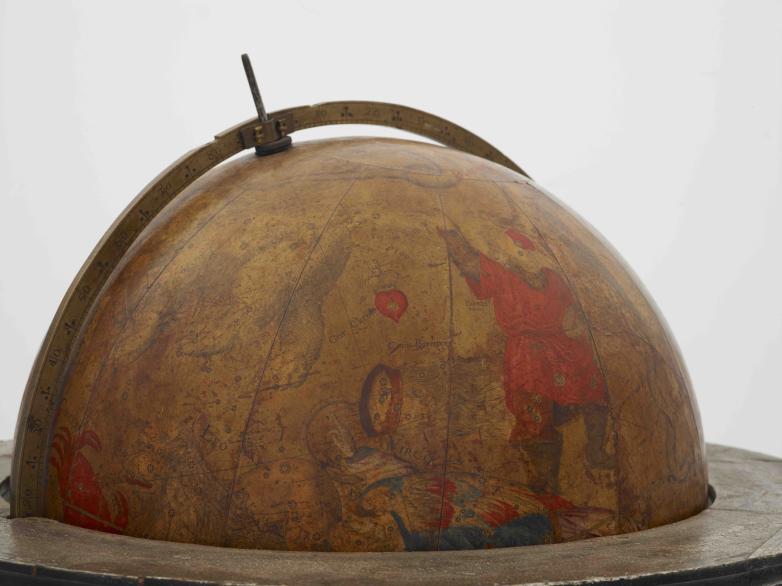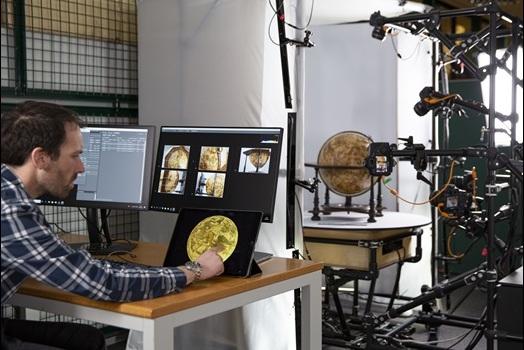Largely inaccessible due to their fragility, the BL’s historical globes date from around 1600 to 1950 and represent three centuries of Western cartography.
Releasing on March 26 — and available here to peruse from your couch, where you are likely to the during the ongoing international health crisis— the first seven globes will include:
• Possibly the earliest miniature ‘pocket’ globe, from 1679 by Joseph Moxon
• Willem Janszoon Blaeu’s small table star globe of 1606
• The unique surviving star globe by Thomas Tuttell, 1700
• Johann Doppelmayr’s star globe from 1728
• Richard Cushee’s 1730 terrestrial globe with its unusually late inclusion of the island of California
• Charles Price’s 1715 globe containing unusual annotations
• Gabriel Wright and William Bardin’s 1783 globes
Tom Harper, lead curator of antiquarian maps at the British Library, commented in a statement: “The British Library’s map collection is one of our most well-loved, by researchers and enthusiasts alike. The globes are particularly enigmatic objects with fascinating insights into the history of science and society. Yet for all their ‘show’ they can be remarkably elusive objects which are difficult to properly look at, study and understand. For the first time, this innovative project makes a number of our most important globes available beyond the British Library’s reading rooms and exhibition galleries, to a wider audience and in a more imaginative way than ever before. We are particularly excited about the digitisation technique we have developed with Cyreal for this project, and the exciting possibilities it opens up for the rest of the British Library’s collection.”

















